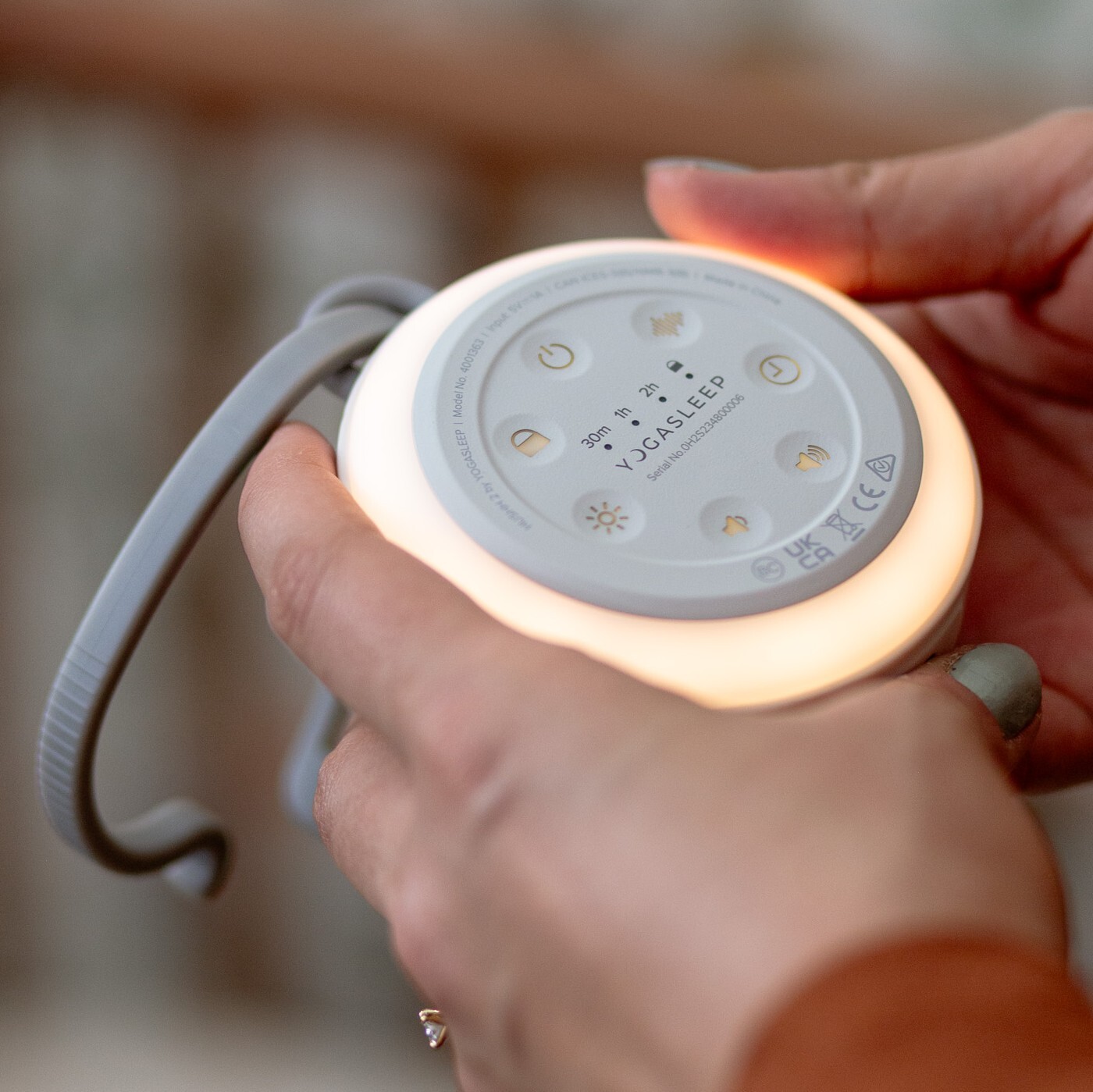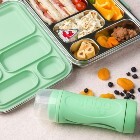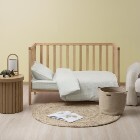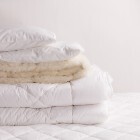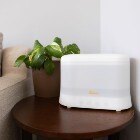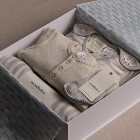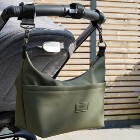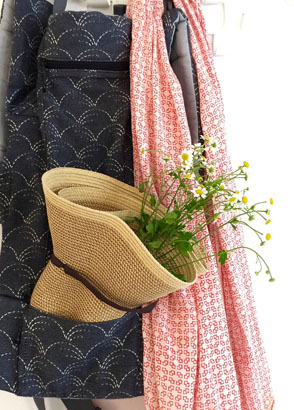With much gratitude to Gillian Parkinson - Clinical Aromascience Practitioner (NZQA, IFPA, ITEC) at Le’Esscience
Essential oil overview
Essential oils are a complimentary health product.
An essential oil is a concentrated volatile liquid extracted from plants – it is the chemical from the plant. Each essential oil has many chemical constituents and it’s that chemical profile that tells us the expected therapeutic nature of the oil. They can be an effective method to assist in relieving symptoms for non-life threatening health conditions to be used when there is a need or a purpose.
Essential oils can be incredibly effective (if used safely) but must be highly respected as they are still a concentrated form of a chemical (despite being natural).
Safety is vital when using essential oils, especially with babies & children, chronic or acute health conditions including but not limited to, heart conditions, asthma, epilepsy, diabetes, during pregnancy, after recent surgery, while taking regular medications.
It has been scientifically proven (by Dr Steve Humphries, Hebe Botanicals, lecturer at Massey University, NZ) that once applied topically, the properties of essential oils will be in your blood stream within two minutes and in your central nervous system within 15. They enter our hair follicles and pores. Essential oils have a cumulative effect, which, for when treating a non-life threatening medical condition, this is extremely useful for when the condition is chronic (long term).
Incorrect use such as undiluted use, internal use, overuse, incorrect species use for age ranges, incorrect dilutions for age ranges, these high risk methods can cause adverse reactions which can lead to a lifetime of sensitisation to essential oils. Taking essential oils internally can cause damage to the inside of the mouth, throat and more.
The best practice standards and code of ethics of the qualified community worldwide, is topical application (correctly diluted) or via various inhalation methods.
The qualified community do not support any type of internal use (via water, other beverages, foods, raw or cooked, capsules), undiluted use, overuse, diffusing in public places, schools, kindergartens, early childhood centres.




